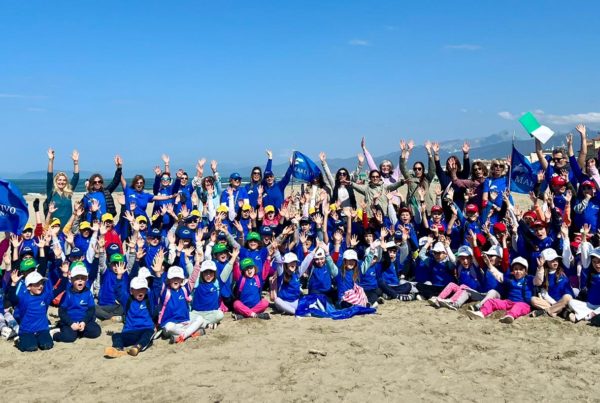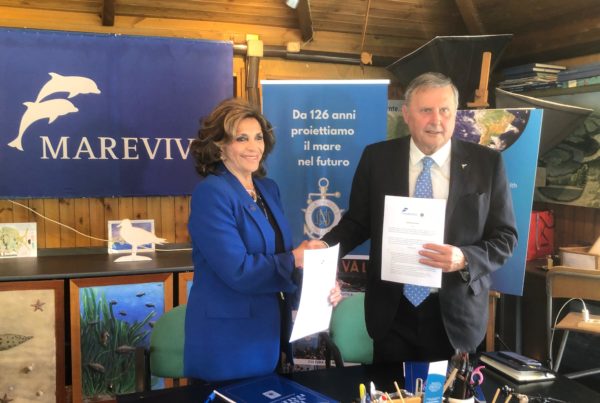Blue News
Cosa facciamo
MAREVIVO INTERNATIONAL
Stiamo rafforzando la nostra cooperazione internazionale attraverso accordi, incontri, eventi e progetti comuni.
La Rubrica di Ferdinando Boero
Segui gli approfondimenti del Vicepresidente di Marevivo sul il Fatto Quotidiano
© Marcello Di Francesco










